Veterinary Rehabilitation
Dr Debbie Prattley
Veterinary rehabilitation uses a variety of tools and techniques. The first step is to evaluate your animal, so that we know what we’re treating and what stage they’re at. As a veterinarian, I can make diagnoses, or give you advice about getting one if you haven’t already.
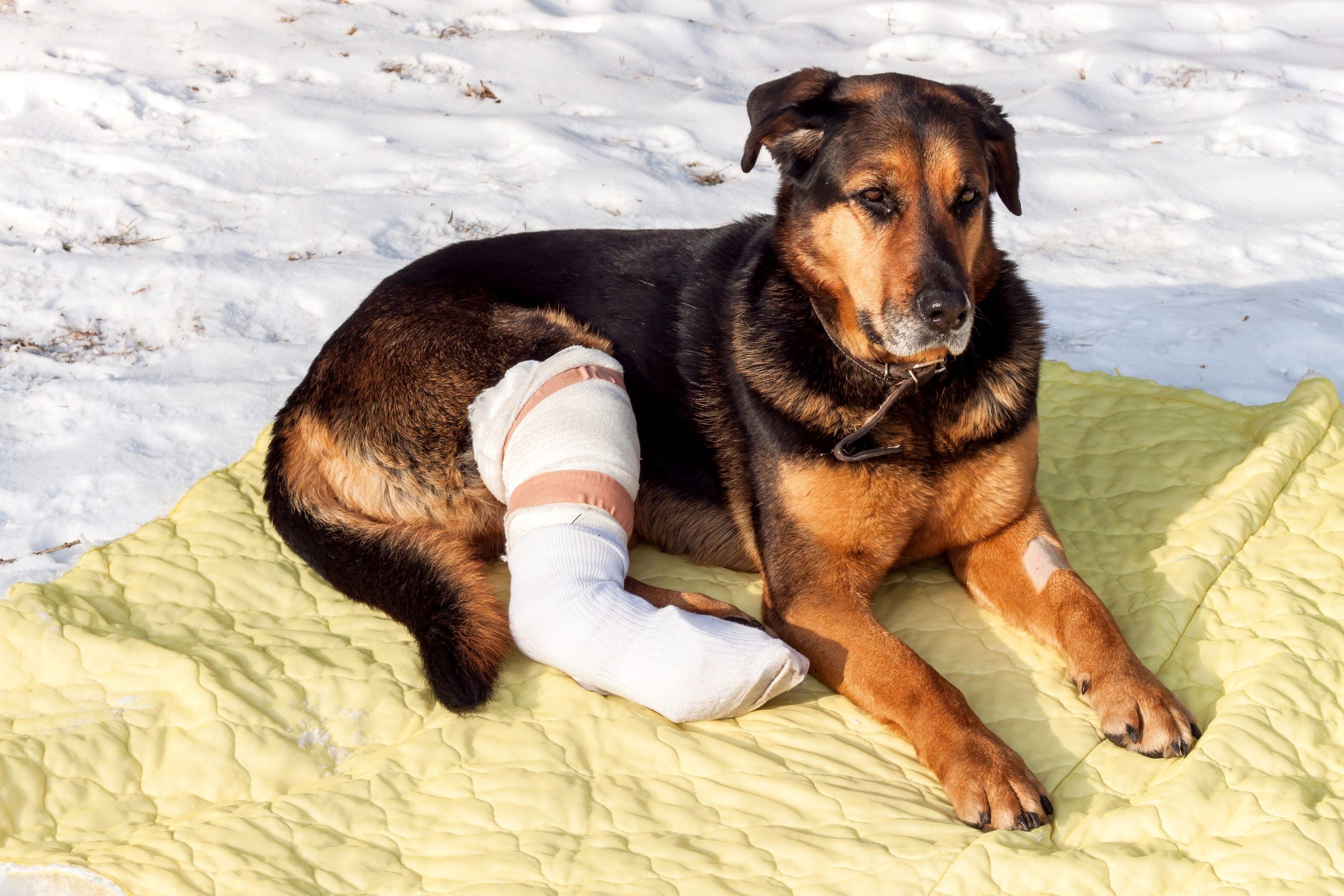
Evaluation for Veterinary rehabilitation
If your pet has had surgery, then the diagnosis is taken care of. But I’ll still need to do an evaluation to see where they’re at in their recovery and how the rest of their body is coping. Regardless of whether or not an animal has had surgery, there are several parts to an evaluation. These include assessing their posture and movement (which could include walking, trotting, straight lines and circles, sitting, sit-stands, stairs etc), loading patterns, strength and balance. A hands-on assessment involves checking joint mobility, range and pain, along with muscle and soft tissue pain, swelling, stiffness and textures. I’ll check the spine as well as the limbs, and will do orthopaedic assessment tests as well as neurological ones if needed. I’ll recommend you see your regular veterinarian where needed – it works best when we all work together.
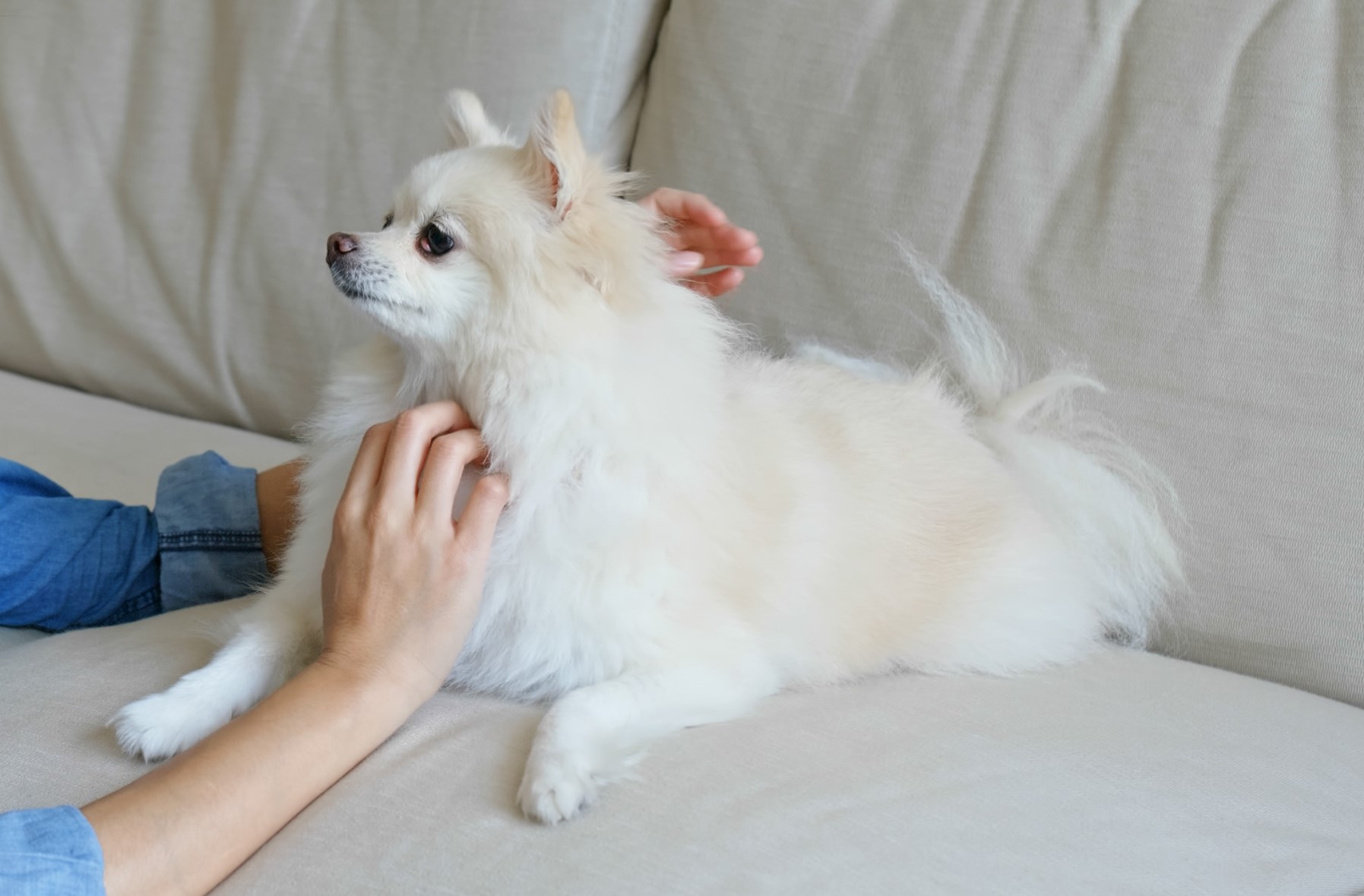
hands-on therapies
Quite often I’ll start treating affected areas while I’m doing the evaluation. I’ll choose from the wide range of therapies I know and have used for many years. These techniques include all sorts of physical therapies, from osteopathy, chiropractic, physiotherapy and more. Having spent many years training and using manual therapies to treat both animals and people, I can assess and treat your animals using the techniques that work best for them. These help with stiff and sore joints, tight tissues that are compensating for injuries or other painful conditions, and managing every day aches and pains.
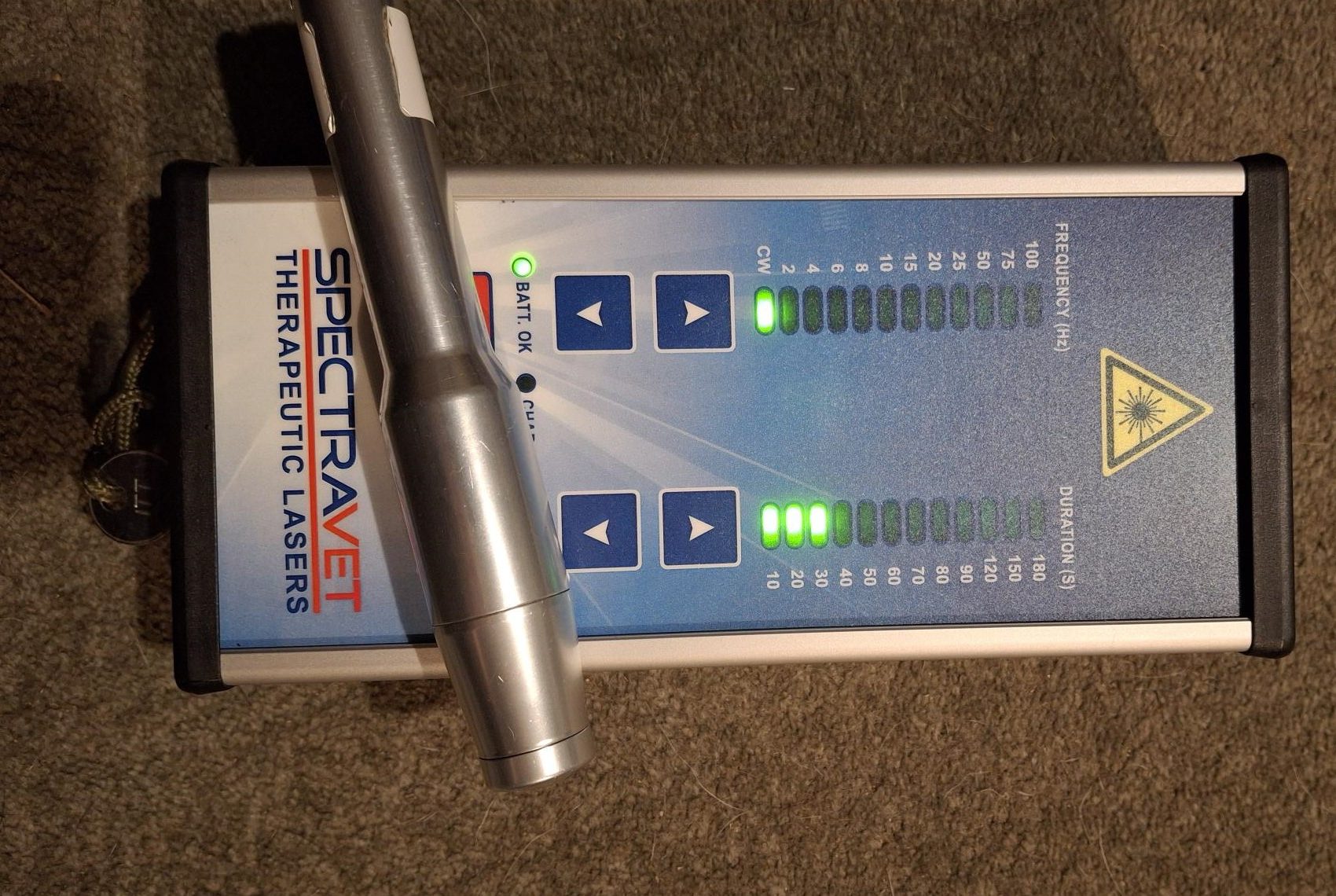
rehabilitation tools
I have a number of veterinary medical devices that provide different kinds of treatments. Laser therapy is a particular type of light that stimulates tissue healing while reducing pain and inflammation. I have electrical muscle stimulation to use for wasted muscles in patients with nerve or spinal damage; therapeutic ultrasound for deep heating and tissue healing; and pulsed electromagnetic field therapy for healing and pain management. We’ll choose which devices to use according to what will be best for your pet.
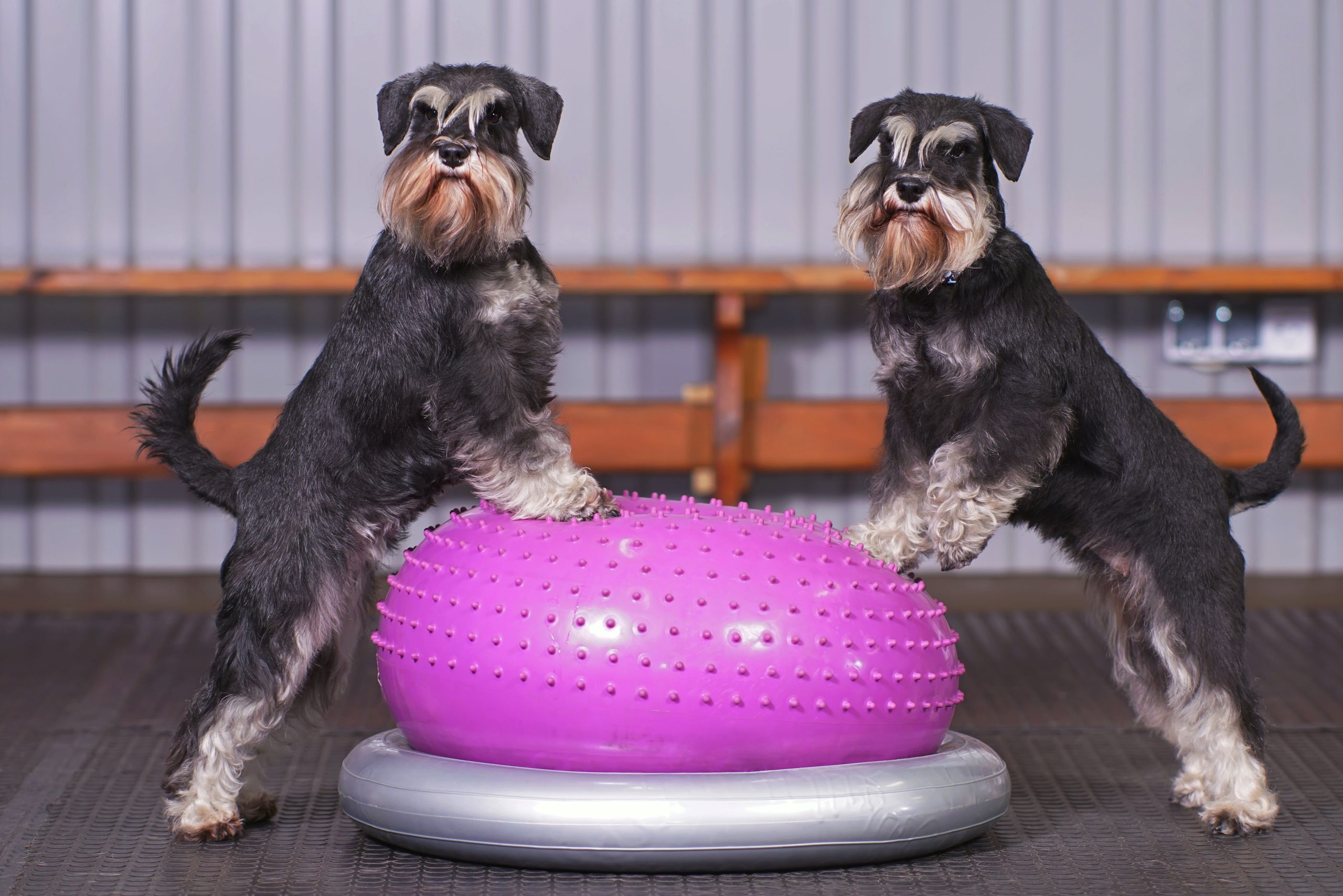
therapeutic exercise
Therapeutic exercise is designed to target the specific needs of your pet. It’s a LOT more than just going for a walk! (Though you’ll probably be doing that too!) We do particular exercises to work on strengthening weak muscles, improving balance, and increasing joint movement. I’ll show you how to do the right exercises effectively at home, so that you can make the most of your pet’s recovery.
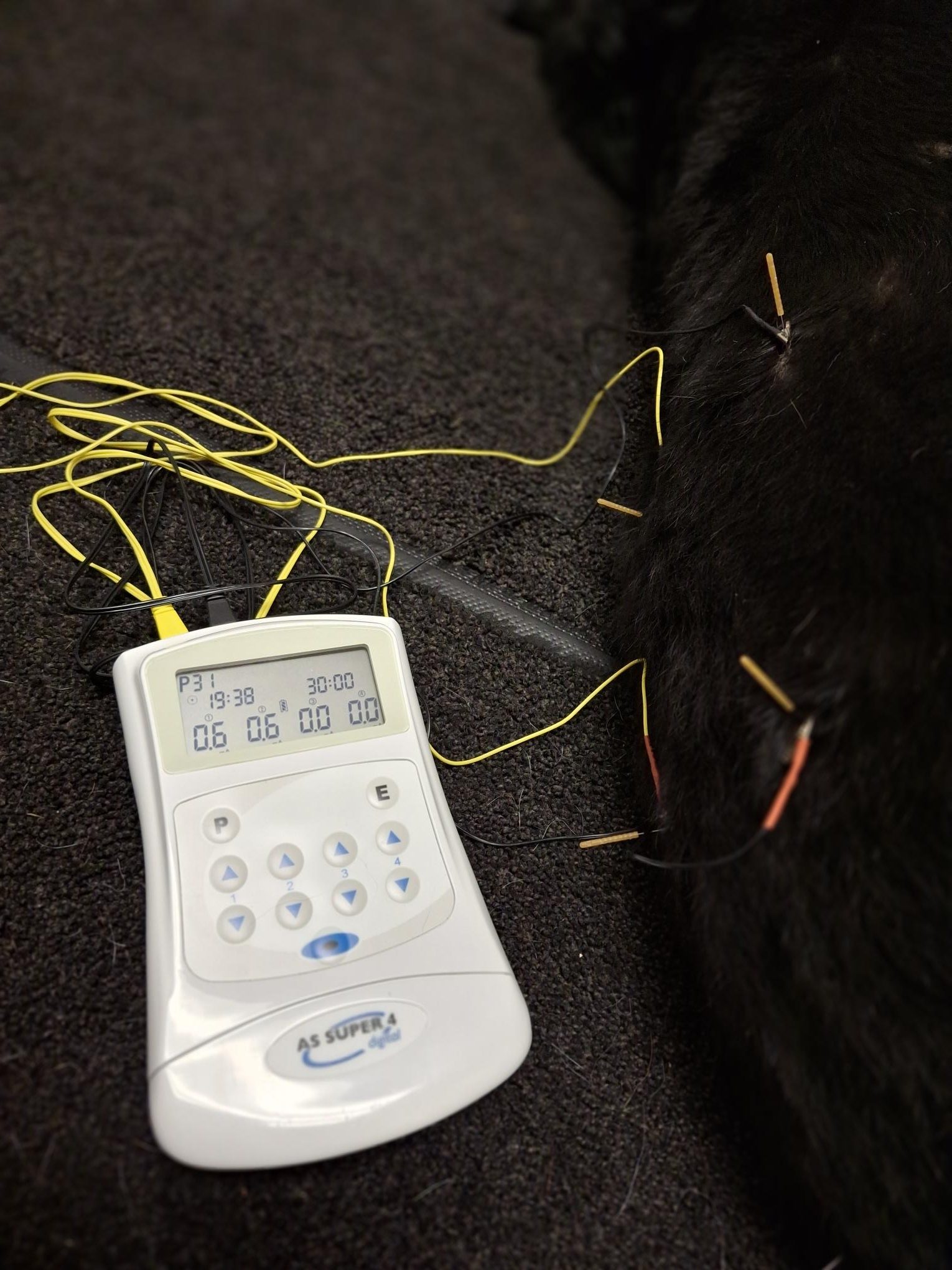
Veterinary Acupuncture
Veterinary acupuncture is an ancient technique, though scientific research is now catching up. It involves placing small, fine needles through the skin, into the superficial tissues. It can be a really useful additional treatment for animals who are in pain. In milder cases it might be the only pain treatment needed; in other cases it can top up their pain meds, or mean they need to use less pain medication. We can also use electro-acupuncture to supercharge the effects. If your pet doesn’t like needles or won’t keep still for long enough, we can use the therapeutic laser to stimulate the acupuncture points. Acupuncture can be used for all sorts of conditions. I mostly use it to help with pain and muscle tightness, but it can also help mild allergies, nausea and anxiety.
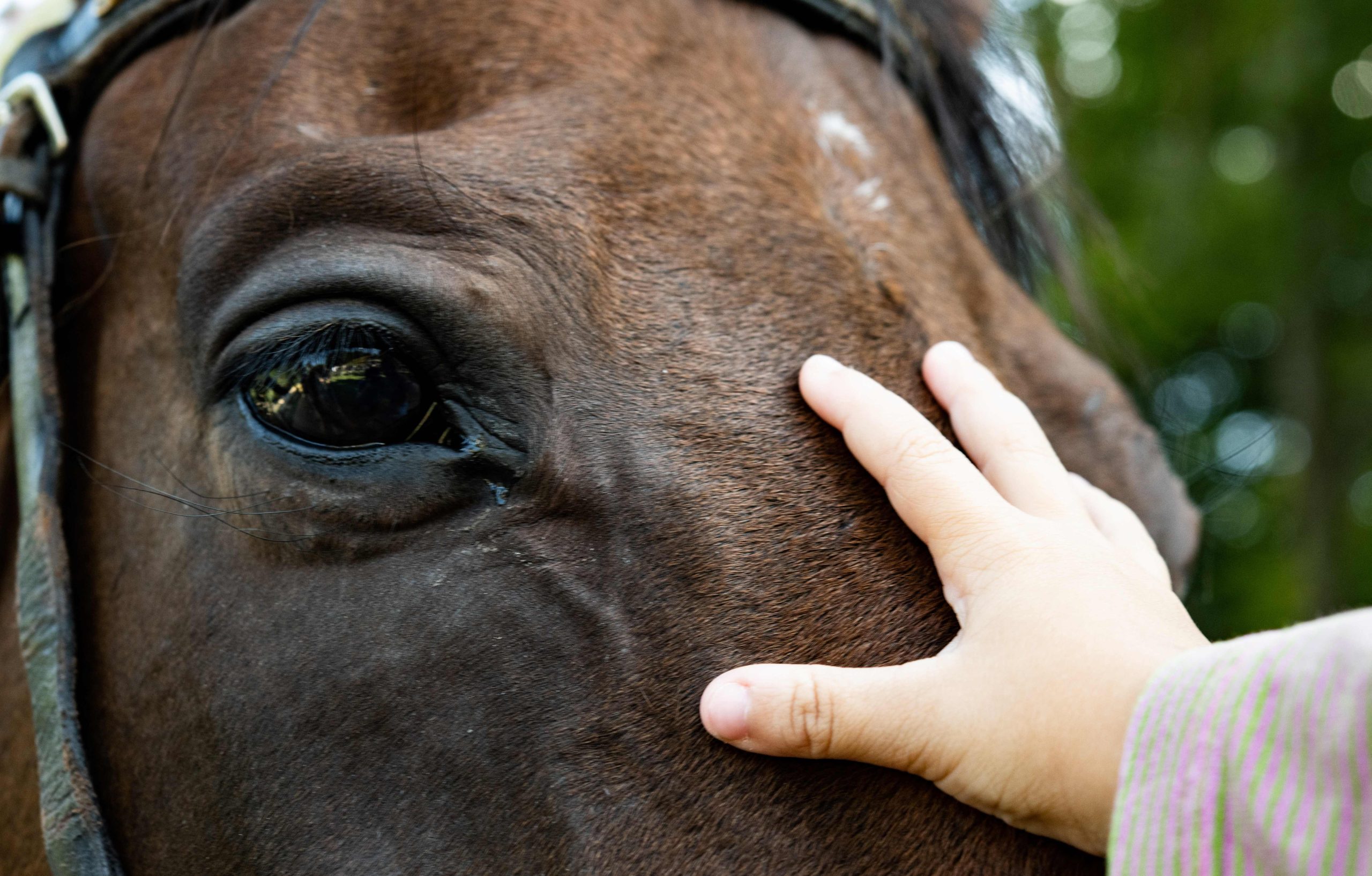
How many sessions does it take?
It depends (my favourite phrase)! During rehab for an injury or after surgery, I use hands-on treatments to help your animal to cope with those compensatory patterns as well as with the direct effects of the injury. They’ll need treatments throughout their recovery period. How long recovery takes varies depending on what’s happened. For senior animals, ideally I see them on a regular basis, depending on what their needs are and what works for you. For example, this could be monthly. Sporting and performance animals might have treatments up to weekly when they’re working hard. Other animals might be treated on an as-needed basis, when you’ve noticed something isn’t quite right.